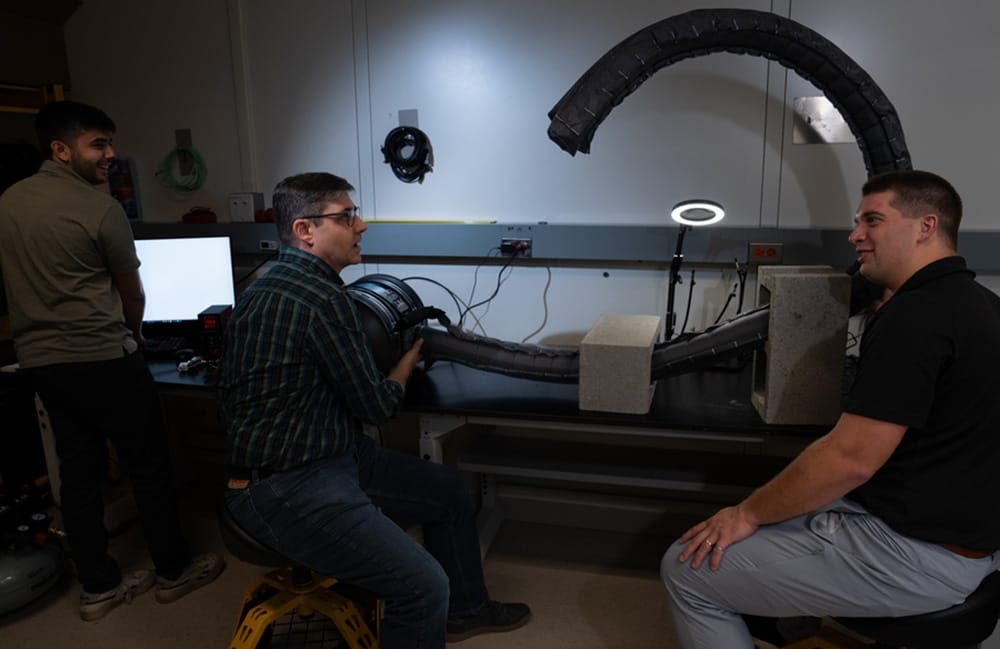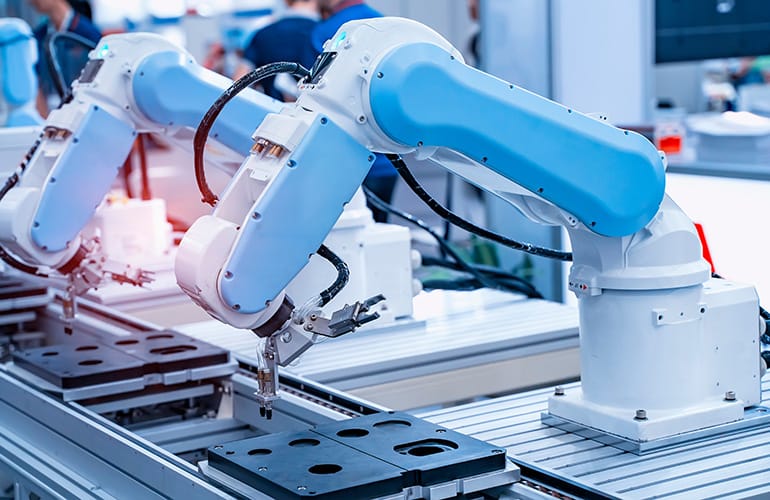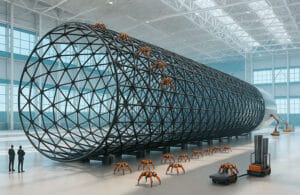
There’s a race around the world to build the next Silicon Valley, but for quantum computing. Quantum advocates see riches, influence, and maybe redemption for sites like south Chicago. The Illinois Quantum and Microelectronics Park is being built on the site of US Steel’s South Works, which closed in 1992. The post Chicago’s Bet on […]

Researchers from China have reported using a quantum computer to fine-tune a 1 billion parameter AI model according to an article today in the state-run Global Times. This would be a first for a project of that scale. Using quantum computers to generate high quality data for training and for fine-tuning AI models is thought […]

Aurora Innovation Inc. launched a commercial self-driving trucking service in Texas. The deployment will provide autonomous freight transportation between Dallas and Houston. The post Aurora begins driverless commercial trucking in Texas appeared first on The Robot Report.

Researchers at the MIT Lincoln Laboratory, in collaboration with the University of Notre Dame, have created a vine-like robot that can squeeze between rubble. The robot could ease emergency responders’ burden following disastrous structural collapses. The post Vine robot from MIT can squeeze through rubble to help emergency responders appeared first on The Robot Report.

The race to build ever-larger language models is being driven by the assumption that more pre-training data equals better performance. It’s no surprise that AI companies have been scrambling to find enough quality data to train their AI models, often resorting to creating synthetic data to build and fine-tune the AI models. But what if […]

Imagine you’re tasked with building a robot—an autonomous system designed for industrial precision. You’ve spent months just trying to find the requisite talent. Your mechanical engineering team was relatively easy to assemble, but when it comes to the specialized skill sets needed — reinforcement learning (RL), artificial intelligence integration, and advanced robotic perception — you’re […]

Your data is yours, right? It seems like a simple question, but thanks to a little-known loophole in federal law, US regulators are can access your private data without a warrant as long as it’s being stored by a third party. The so-called “third-party doctrine” could be reconsidered in a case currently before the Supreme […]
For the fifth year, Texas A&M University High Performance Research Computing (TAMU-HPRC) is sponsoring two GenCyber Camps for students entering grades 8-12. The camps will be held June 2-6 and June 23-27 from 8:00 a.m. to 5:15 p.m. on the Texas A&M campus in College Station. Among activities are Cryptography with Python Coding, Safe Online […]

April 2025 was full of big changes for the robotics industry, including shake-ups at large companies, new deployments, and the announcement of this year’s RBR50 Robotics Innovation Awards. In addition, the month closed with the Robotics Summit & Expo in Boston. The post Top 10 robotics developments of April 2025 appeared first on The Robot […]

Telecom networks power modern digital infrastructure—from everyday calls to massive data transfers. Even under normal conditions they’re difficult to maintain, and crises like equipment failures or natural disasters demand swift, effective responses. The post Case Study: Optimizing Network Resilience with Quantum Computing appeared first on HPCwire.









